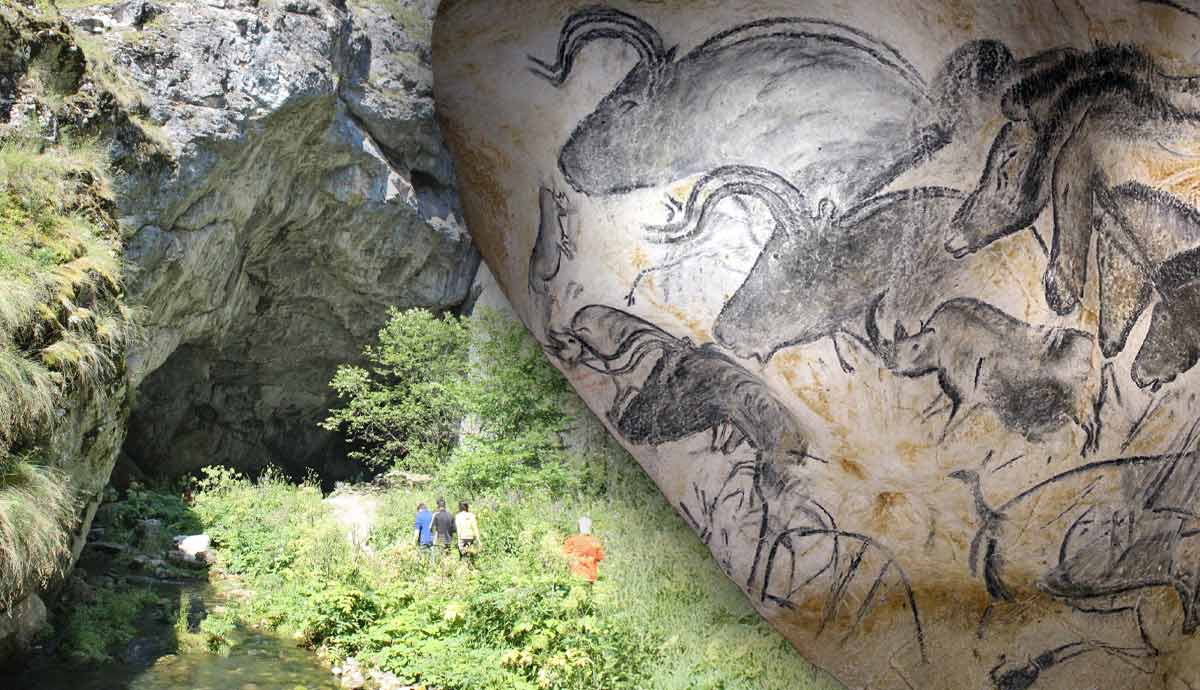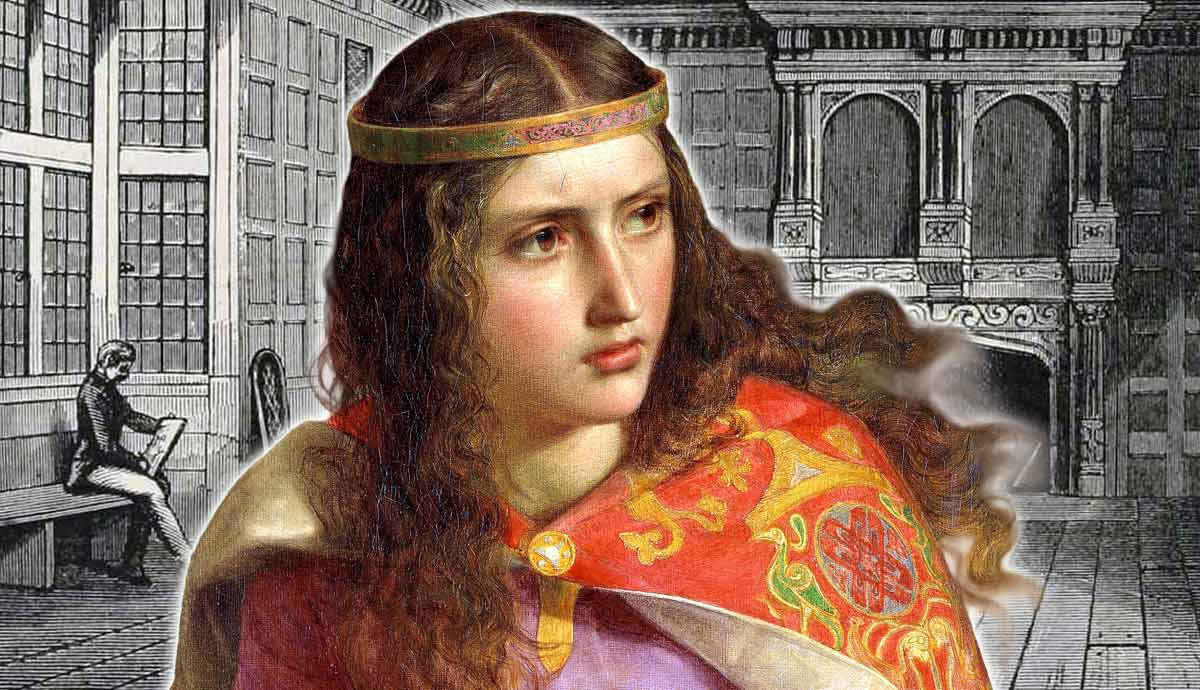
WWW.THECOLLECTOR.COM
Where Are the Oldest Cave Paintings? 6 Key Sites Explained
For tens (and possibly hundreds) of thousands of years, human beings (including Neanderthals) painted on the walls of caves. Surrounded by an aura of mystery, these sites are beyond value to our understanding of what it means to be human and the evolution of intelligence and imagination within our species.Where are the oldest sites, and what is contained within them?1. Neanderthal Cave Paintings in SpainDrawing of the cave paintings in La Pasiega. The horizontal and vertical lines are attributed to Neanderthals while the other images were added later. Drawing by Henri Breuil, published in La Pasiega a Puente-Viesgo (Santander) (Espagne), 1913. Source: El PasThree sites in Spain can be considered among the oldest discovered examples of prehistoric cave paintings. A 2018 study indicated that the oldest of the artworks contained within these caves all date to around 65,000 years ago, predating the arrival of Homo sapiens by around 20,000 years. This fairly recent discovery adds to the solid evidence that the Neanderthals were not the savage brutes they were once made out to be but intelligent humans capable of abstract thought on a level that is comparable to modern Homo sapiens.The oldest of the artworks is in Maltravieso cave. It is a hand stencil dating back at least 66,700 years. Much of the painting is covered by calcite and is very hard to decipher. The oldest of a series of red dots on a curtain rock formation in Ardales cave is dated to at least 65,500 years ago, while the most striking piece of art, located in La Pasiega cave, is a series of lines that look like a ladder. The latter is dated to at least 64,800 years.However, there has been pushback from people in the scientific community. The discoveries based on uranium-thorium (U-Th) dating of calcite deposits have been challenged by many academics who claim there are errors in the dating method. Hoffman (2021) subsequently released a paper noting that methods of dating cave paintings are limited. However, as mentioned, there is evidence of Neanderthal symbolic behavior dating back to at least 180,000 years ago. Thus, it remains highly possible that, even if the dates are incorrect, the Neanderthals were mentally capable of creating such art.2. The Oldest Rock Art, Blombos, South AfricaArtifacts from Blombos Cave, including the 73,000-year-old rock fragment representing the oldest rock art ever discovered. Source: Henning, Chris Henshilwood. CC-BY-2.5The oldest rock art ever discovered dates back to 73,000 years ago, and although it is not a painting, it is the earliest evidence of abstract art. The discovery consists of a fragment of rock upon which a cross-hatch design was carved and painted red with ocher. The fragment was found in Blombos Cave on the South African coastline, roughly 300km (186 miles) to the east of Cape Town.Blombos Cave is an important site because it contains much evidence of Middle Stone Age life, which dates to between 100,000 and 70,000 years ago. Engraved ocher, engraved bone, refined stone and bone tools, and beads made from marine shells have been found at the site, revealing valuable insights into the prehistoric people who lived there for thousands of years.Blombos Museum of Archaeology. Source: museumexplorerResearch on the site is ongoing, and it is possible that evidence of even earlier habitation may be found. The site is located on a private nature reserve and is not open to the public. However, there is a small archaeological museum in nearby Stilbaai which exhibits the sites findings.3. Cave Paintings on Sulawesi Island, IndonesiaThe painting of a Celebes warty pig (to the left of the image) is the oldest known depiction of an animal, photograph by Basran Burhan, 2017. Source: Wikimedia CommonsThe caves of the island of Sulawesi in Indonesia are home to many examples of prehistoric art. Among them is a life-size rendering of a Celebes warty pig, which was discovered in Leang Tedongnge cave and has since been dated to 45,500 years ago. This makes it the oldest depiction of an animal ever found and the oldest example of figurative art.The island of Sulawesi is also home to the oldest depiction of a hunting scene. On a wall in Leang Bulu Sipong cave, there is a painting of several small humanoid figures connected to an anoa (dwarf buffalo) via spears or ropes. Findings published in 2021 indicate the art to be at least 43,900 years old. Previously, the same team of researchers dated a painting of a banteng bull to 40,000 years ago in the Lubang Jeriji Saleh limestone cave complex. In the same cave complex are outlines of hands and fingers. Analysis of the cave wall suggests that the oldest of the finger stencils may be 52,000 years old.In Leang Timpuseng cave, there are various artworks, one of which is a hand stencil that was dated to be at least 39,900 years old, putting it in the same timeframe as paintings made by Homo sapiens in Europe. The cave also contains a 35,400-year-old painting of a female babirusa (deer-pig).4. Cueva del Castillo, SpainImages from the De Los Manos Panel in Cueva del Castillo, 2010. Source: Gabinete de Prensa del Gobierno de Cantabria / Wikimedia CommonsOne of the most famous sites for prehistoric art is the Cueva del Castillo, or Cave of the Castle, in Cantabria, northern Spain. Within the cave is a painting of a large red stippled disk. A 2012 study determined through the uranium-thorium method that the painting was over 40,800 years old and, as such, was claimed as the oldest painting ever discovered. However, subsequent discoveries in other parts of the world, including Europe, have proven to be older.El Castillo also contains pictures of bison, horses, and deer, as well as hand stencils. The dating on the stippled disc has caused significant debate in that it predates accepted models of Homo sapiens migration into the area, giving rise to the fact that it may have been created by Neanderthals.El Castillo is a popular destination for Palaeoarchaeologists. Along with other caves in the Cuevas de Monte Castillo complex, it is open to the public with guided tours on offer.5. Chauvet, FranceHorses, bison, and rhinoceroses in Pont dArc, which contains copies of the images in Chauvet, photograph by Claude Valette, 2016. Source: Wikimedia CommonsLocated in southeastern France, Chauvet-Pont-dArc Cave is one of the most important sites for palaeoarchaeological study. It is famous for its exceptionally beautiful and accurate depictions of wildlife. The cave, discovered in 1994, contains a treasure trove of prehistoric remains, including the footprints of a child, which were made around 26,000 years ago.The cave was used during two distinct periods in prehistory. Most of the artwork dates back to the Aurignacian era, and it dates back to 32,000 to 30,000 years ago. The childs footprints are from the later Gravettian era, 27,000 to 25,000 years ago. More recent research has pushed the habitation date further back. In 2016, a study claimed the two occupation dates ranged from 37,000 to 33,500 years ago and 31,000 to 28,000 years ago. Research in 2020 involving the IntCal20 radiocarbon calibration curve dating method indicated the oldest painting in the cave was created 36,500 years ago.Since its discovery, the cave has been closed to the public in an effort to preserve the artifacts contained within.6. Shulgan-Tash Cave, RussiaRock paintings in Shulgan-Tash cave, photograph by SaganZ, 2014. Source: Wikimedia CommonsLocated in the Burzyansky District of Bashkortostan, Russia, on the western slopes of the Ural Mountains, is the Shulgan-Tash Cave, where evidence of human occupation spanning tens of thousands of years has been documented. It is the northernmost site for prehistoric paintings discovered so far.The upper tier of the cave contains the oldest paintings, and uranium-thorium dating has shown that the oldest of the markings were made 36,400 years ago. The other paintings in the cave date from around 16,000 years ago.The art in the cave was discovered in 1959 by Alexander Ryumin, who was searching for bats. What he found instead shook the established beliefs in palaeoarchaeology. Cave drawings of prehistoric animals were thought to be characteristic of Western European prehistoric art, and it had been assumed that the phenomenon was localized to that area. As such, the discovery indicates an independent center of prehistoric art located in the Southern Urals that is not connected to the art in Western Europe.The paintings include depictions of horses, rhinoceroses, bison, and mammoths, as well as geometric shapes. Most of them are made with ocher, while a few were drawn with charcoal.Shulgan-Tash cave in Russia, photograph by Vanchy96, 2012. Source: Wikimedia CommonsFrom sites all over the world, every few years, new discoveries are made that push back the timeframe for the beginning of human art, impacting theories of migration and the development of human beings, including our evolutionary kin, the Neanderthals and the Denisovans. It is certain that more discoveries in the near future will increase our knowledge even further and expand our understanding of the lives of our prehistoric ancestors.
0 Comments
0 Shares
141 Views











